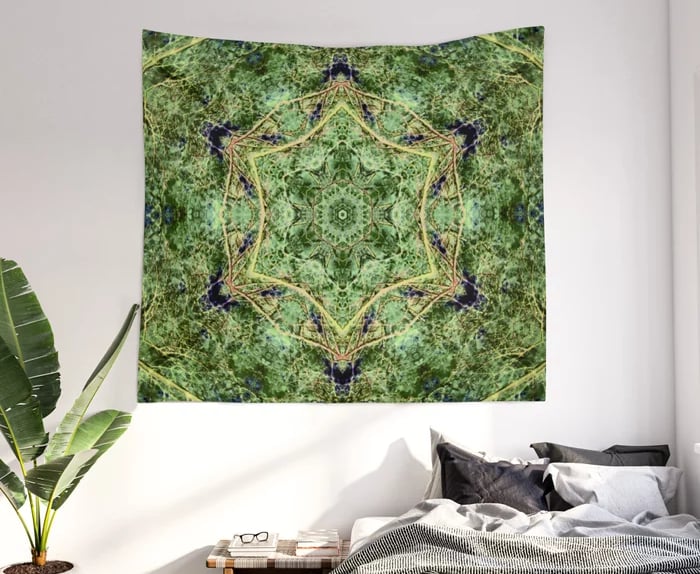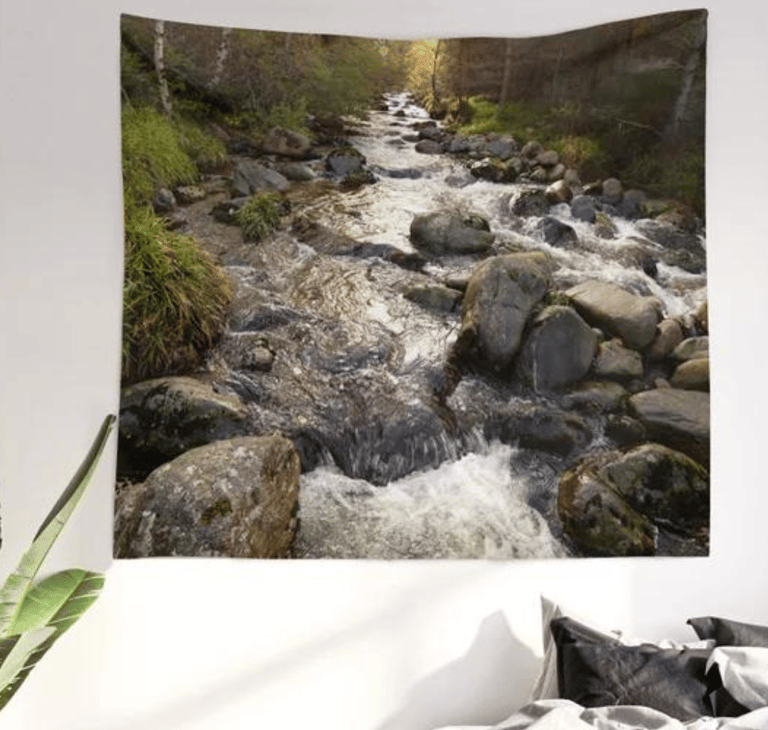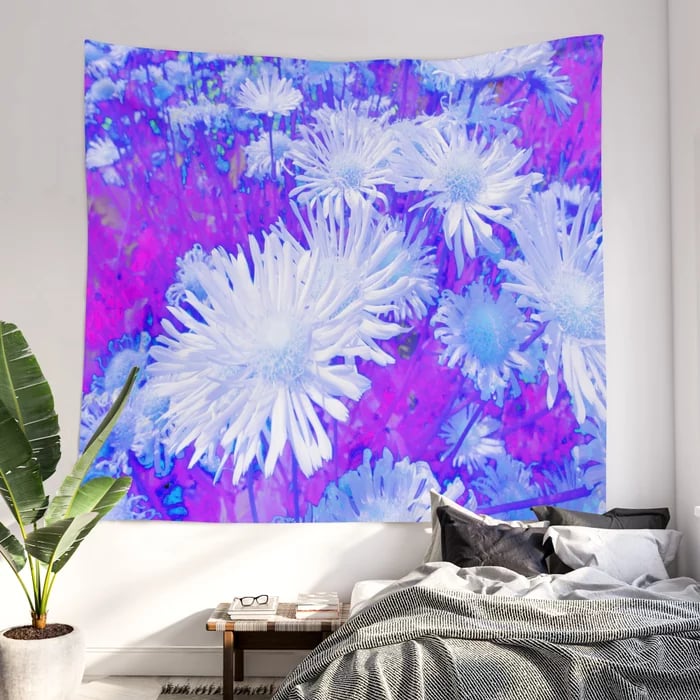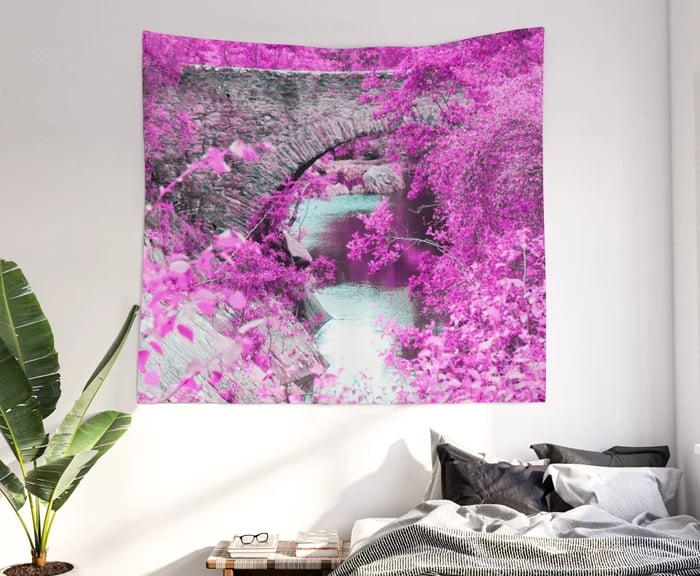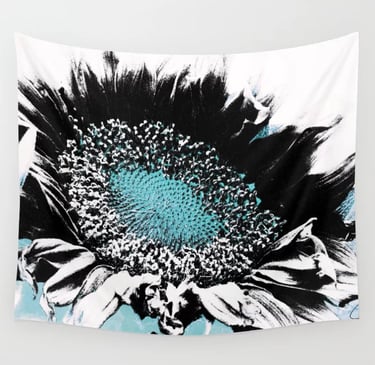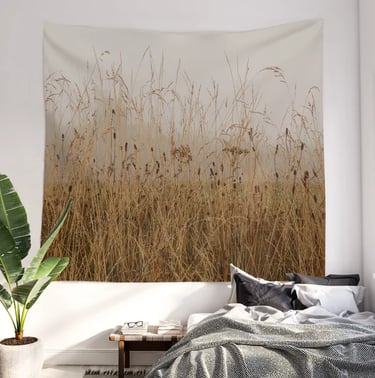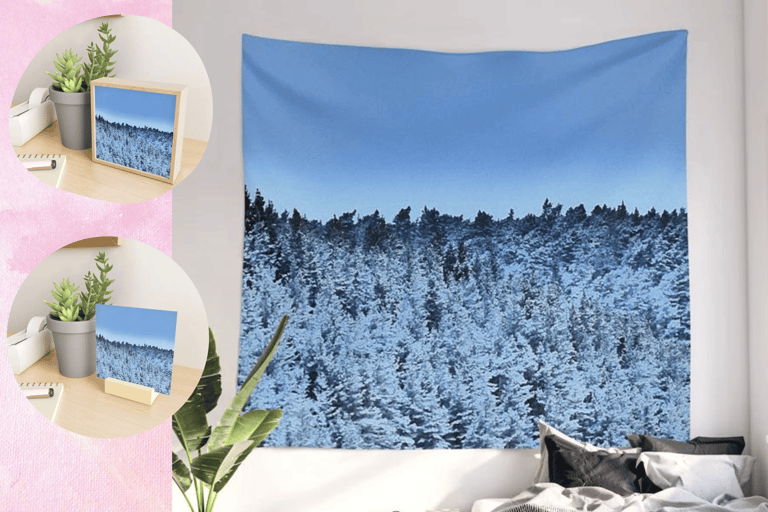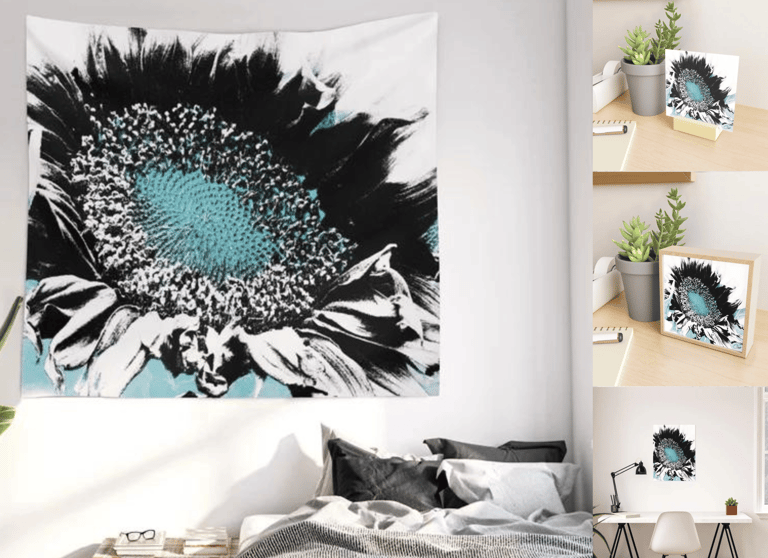"Unveiling the Secrets of Tapestry: The Ultimate Guide to Creating Stunning and Timeless Art"?
Looking to add a touch of elegance to your home decor? Check out our latest blog on the art of tapestry weaving! Discover the history and beauty behind this timeless craft and learn how to create your own stunning tapestry masterpieces. From beginner tips to advanced techniques, we've got you covered. Don't miss out on this must-read for all craft enthusiasts and home decor lovers! Click now to unravel the magic of tapestry weaving.
Tapestry what is the point ?
Tapestries have been used for centuries as a form of decorative art, adding a touch of elegance and beauty to any space. Not only do they serve as a stunning focal point, but they also offer a unique way to showcase the work of independent artists and creatives. With their intricate designs and vibrant colors, tapestries can completely transform the ambiance of a room, creating a cozy and inviting atmosphere. Tapestries have been around for centuries, dating back to medieval times. They were originally used as a form of insulation for large stone buildings, such as castles and churches. Over time, tapestries evolved into a form of artistic expression, with skilled weavers creating intricate designs that told stories or depicted scenes from nature.
Nowadays, tapestries can be used for a variety of purposes. They make great wall hangings, adding a unique and colorful touch to any room. They can also be used as tablecloths, bedspreads, or even as a makeshift canopy for outdoor events. The possibilities are endless!
They can be used as wall hangings, bedspreads, or even as curtains, allowing for endless possibilities in terms of interior design. Moreover, tapestries can be a cost-effective way to decorate a living space, as they are often more affordable than traditional art pieces.
Additionally, they can be considered an investment, as they provide a one-of-a-kind, bespoke artwork that adds both aesthetic and sentimental value to life. Therefore, it is safe to say that tapestries are here to stay, continuing to adorn and enrich our living spaces with their timeless charm.So, you're looking to learn more about the benefits of tapestries, huh? Well, you've come to the right place! Let's start by exploring the origins of tapestries.
One of the great things about tapestries is that they can be made from a variety of materials. Traditional tapestries were made from wool or silk, but modern tapestries can be made from anything from cotton to polyester. This makes them a versatile and cost-effective option for independent creatives and artists looking to add some unique flair to their work.
But what are the benefits of using tapestries? Well, for one, they can add warmth and texture to a space. They can also help to absorb sound and reduce echoes, making them a great option for music studios or home theaters. Plus, since tapestries are easy to hang and remove, they can be a great way to switch up your decor without breaking the bank.
Tapestry weaving is a beautiful art form that can be used to create stunning pieces of home decor. For beginners, there are several tips that can help make the process more manageable. First, it is important to start with a simple design and choose a manageable size for your first tapestry. Next, selecting the right materials is key. High-quality yarns with a strong ply will ensure that your tapestry is durable and looks great. As you begin weaving, take your time and be patient. It is also helpful to keep your weaving area clean and organized.
For those looking to take their tapestry weaving to the next level, there are several advanced techniques to explore. One is color blending, which involves blending two or more colors of yarn to create a subtle gradient effect. Another is texture weaving, where different types of yarn are used to create a textured surface. This can add depth and interest to your tapestry. Advanced weavers may also experiment with different types of looms and weaving tools, such as the rigid heddle loom or the tapestry beater.
When it comes to using tapestries for home decor, there are several ways to showcase your work. A tapestry can be hung on the wall as a statement piece, or draped over a piece of furniture to add texture and color. Tapestries can also be used as table runners, or even turned into pillows or cushion covers. For craft enthusiasts, tapestry weaving offers endless possibilities for creativity and self-expression. With a little practice and experimentation, anyone can master the art of tapestry weaving and create beautiful pieces to enjoy for years to come.
In conclusion, tapestries are a great way to add some personality and style to any space. With their rich history and versatility, they're sure to remain a popular choice for years to come.

